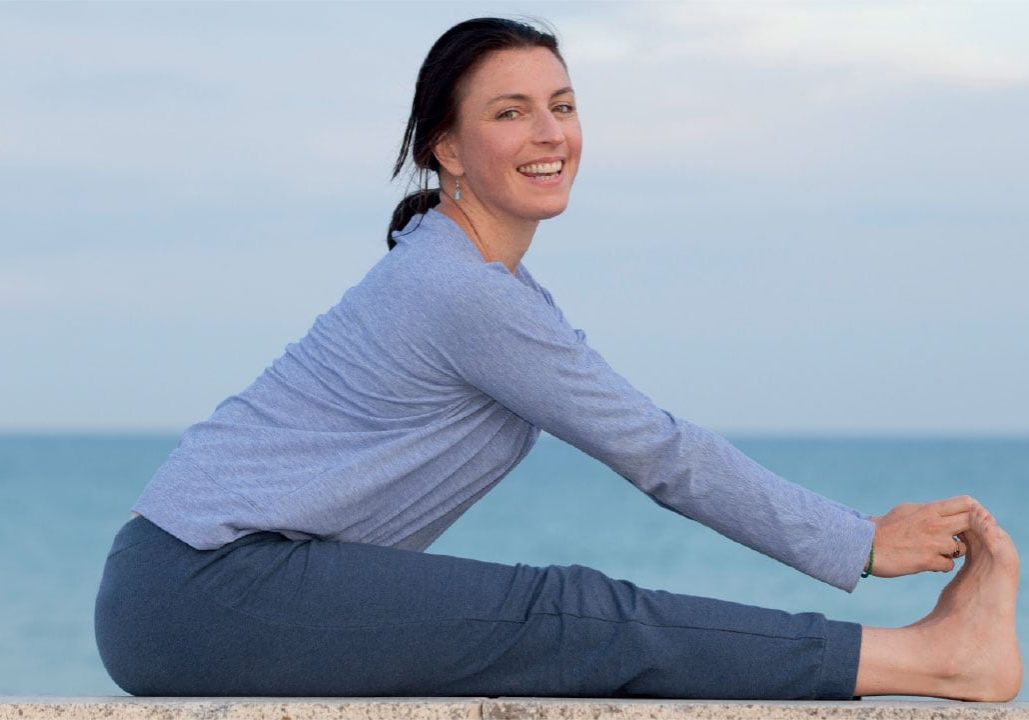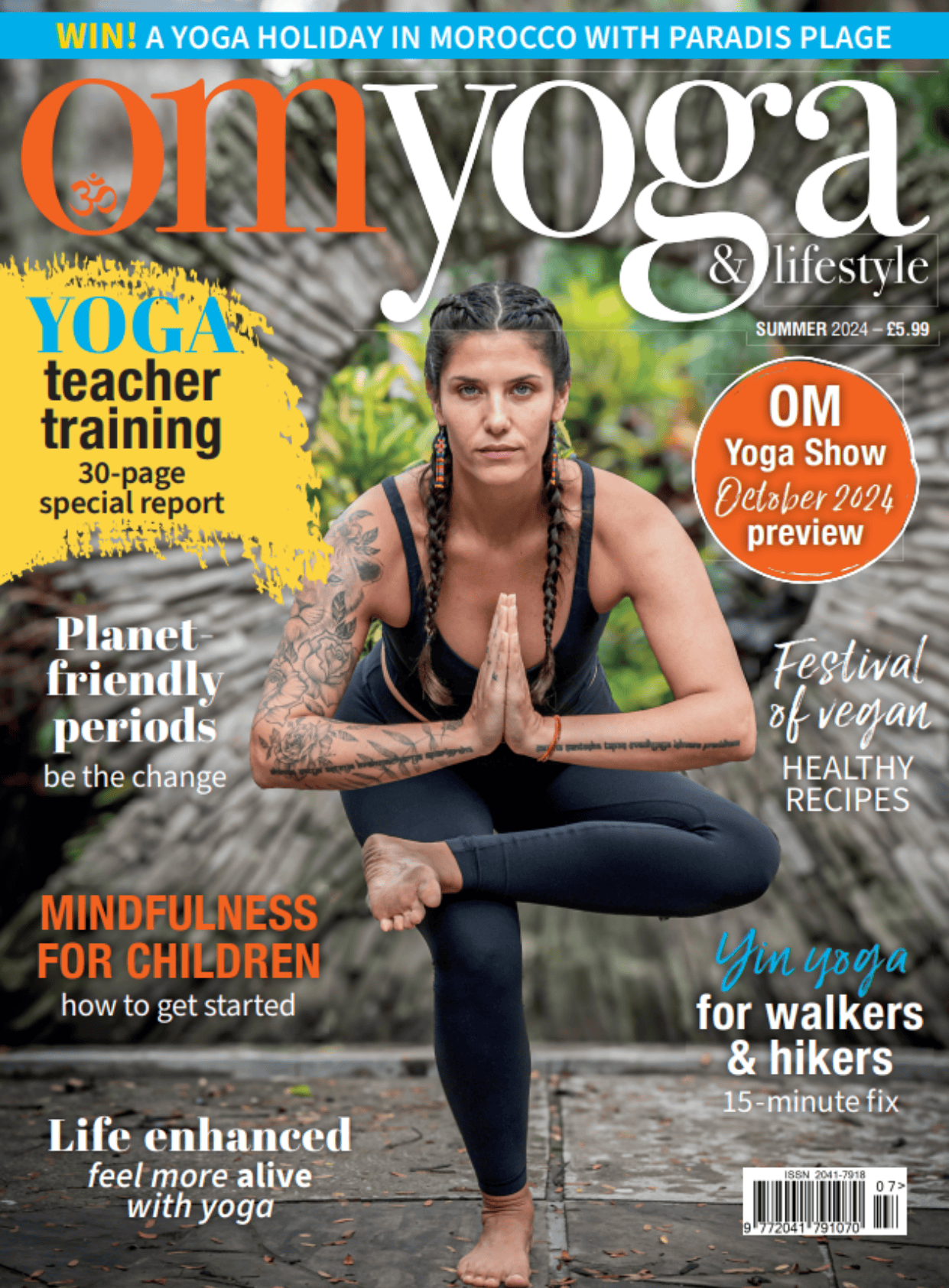
What Makes a Great Yoga Teacher?
The ingredients you need to be a successful yoga teacher. By Sally Parkes
Reading time: 3 minutes
There are many yoga instructors out in the world now — but what makes a teacher really stand out as well as enjoy longevity in the world of yoga? Here are a few ideas I have found to be effective:
Personal yoga practice: Regular practice of yoga, which supports self-reflection and inquisition, is essential to teachers. It not only keeps us physically balanced, but also mentally clear, as it helps to clear energies we may take on from teaching students. Spending time on our own mat also allows space to reflect on what the practice and teaching of yoga brings up for us. This could be anything from self-doubt to an inflated ego. Either way, teachers need space to keep themselves in check, so we are a worthy example of how to be a yogi.
A solid foundation: A sound knowledge of the tradition of yoga, including asana, pranayama and philosophy, puts future teachers in very good stead as this teaching will have steadfast roots on which to build. And then if a teacher wishes to create more of their own style of yoga, they will have a solid platform to be creative — the tradition of yoga can act as the framework from which to create.
Regular education: Whether it’s from books, videos, podcasts or attending workshops and trainings, keeping oneself engaged in the act of learning is not only empowering and excellent for our mental health, but also keeps us enthused to learn more and share our knowledge with students. This helps to avoid energetic stagnation in our classes and maintain peoples’ interest, plus our vibration as a teacher will be more vital.
Maintain your boundaries: Being a yoga teacher, like any other job, has its ups and downs. Dealing with the general public in any capacity can be unpredictable but it can also be a wonderfully enriching experience in the study of human connection. Either way, it can be a regular reminder to keep things in perspective. Although yoga is a way of life, the teaching of yoga is a job and like any other occupation we need boundaries so we can do our job well.
Helpful boundaries could be limiting the number of classes we take on and booking in time off well in advance. Then there are smaller ongoing boundaries to practice, such as only being available for five or 10 minutes after class to speak with students, and having set availability for online inquires, for example. Personally, I see maintaining boundaries as the practice of ahimsa (non-violence) to oneself, which is essential in our success as a teacher. This is because it allows us to maintain our energy levels and enthusiasm not only for our students but for ourselves too, which empowers us to be the best yoga teacher we can be.
Sally Parkes has 26 years teaching experience and is a yoga teacher trainer. She is the author of ‘The Manual of Yoga Anatomy’ and a teacher for @movementformodernlife Visit: sallyparkesyoga.com or connect on Instagram @sallyparkesyogaschool


